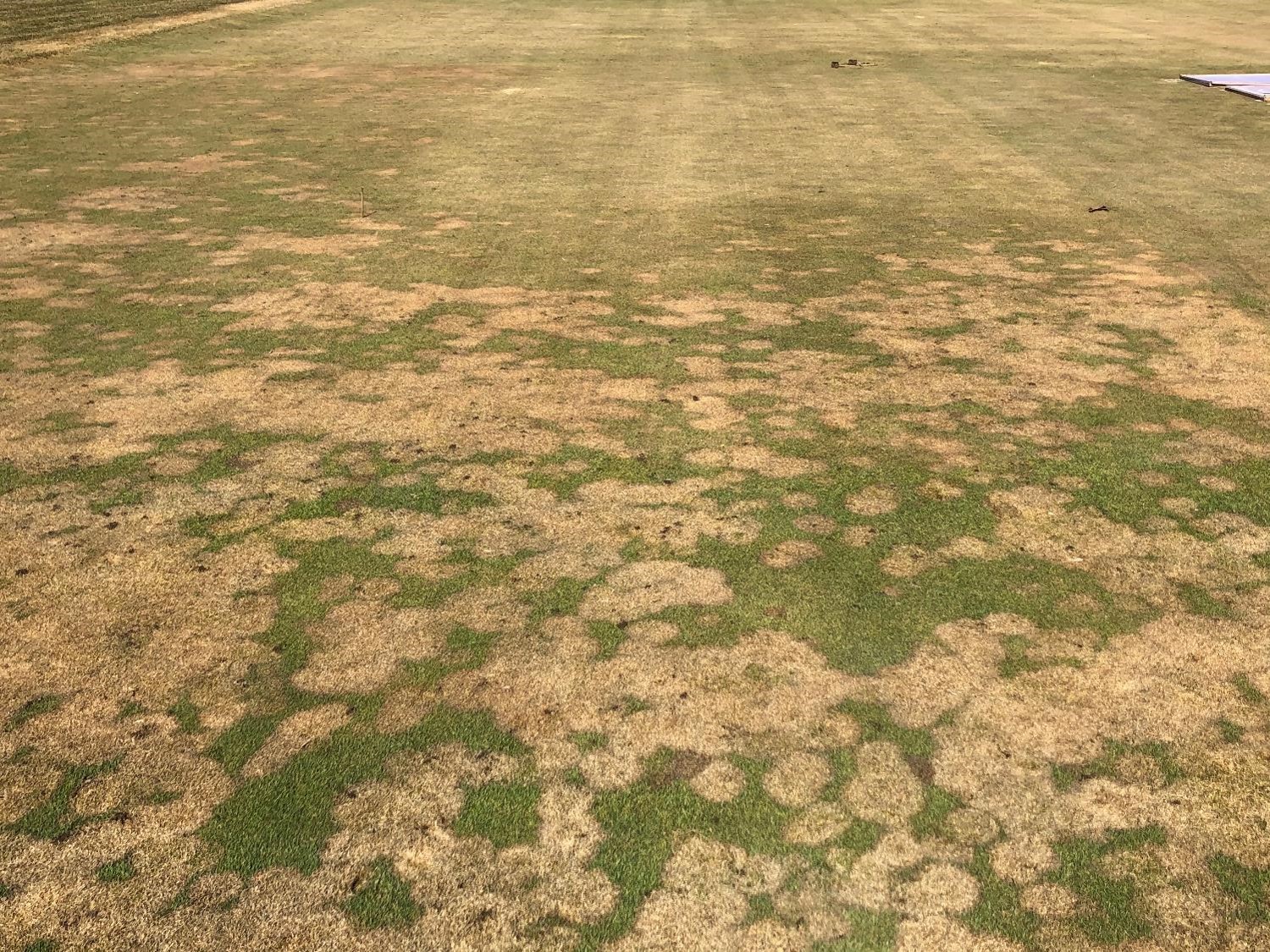By Paul Koch, PhD, University of Wisconsin – Madison
It’s been a weird winter so far across much of the northern United States. Record warmth, multiple rainfall events, and limited snow cover has meant snow mold was far from most people’s minds. Alas, ‘real’ winter has belatedly arrived with snow for some and cold for all. Given the concern following last year’s widespread and damaging snow mold outbreaks there has been recent discussion about the potential for more snow mold outbreaks this spring. My thoughts on some things to keep in mind, as of January 15th, are below:
First, I can pretty much guarantee that most of the snow mold fungicides that superintendents applied back in the late fall are gone. Our previous research on this topic, which I wrote about in a 2015 issue of Golf Course Management, clearly demonstrated that chlorothalonil and iprodione quickly dissipated following rainfall and snowmelt events. We conducted a follow up experiment from 2015 through 2018 with chlorothalonil and propiconazole that we are close to publishing and found very similar results. Given the rainfalls and warm temperatures for so much of the late fall and early winter, I’m quite confident most snow mold fungicide is no longer present.
However, whether that lack of fungicide will lead to widespread snow mold at your course is another matter. The warm temperatures across the country weren’t conducive for snow mold development BUT they also weren’t conducive for turfgrass hardening. Most turf I saw in the upper Midwest was quite green past Christmas, indicating they would be highly susceptible to fungal infection if conditions that favored snow mold were to return. This is reminiscent of the winter of 2020-2021 across the Midwest where basically no snow fell until mid-January, but temperatures were very warm and once snow did fall it stuck for two months and led to widespread disease (Figure 1).

Inevitably this leads to a question about whether snow mold reapplications are necessary. Ultimately this is up to the superintendent and how much risk they want to take on. In most cases a reapplication isn’t necessary because the initial snow mold application knocked back the snow mold fungal population and the conditions that often lead to fungicide degradation aren’t very conducive for snow mold development. However, if the site traditionally experiences a lot of snow mold pressure and there is concern about what the rest of the winter will hold, then a reapplication on greens may be warranted. In most situations reapplications should focus on pink snow mold since that disease can develop more rapidly and is more likely to occur following winter rainfall and snowmelt events. Those that don’t currently have significant snow cover during this arctic blast also don’t need to consider a reapplication at this point since the cold temperatures will limit fungal growth and quickly harden the turf.
If you want to talk through your specific situation, feel free to reach out to me by email at [email protected].